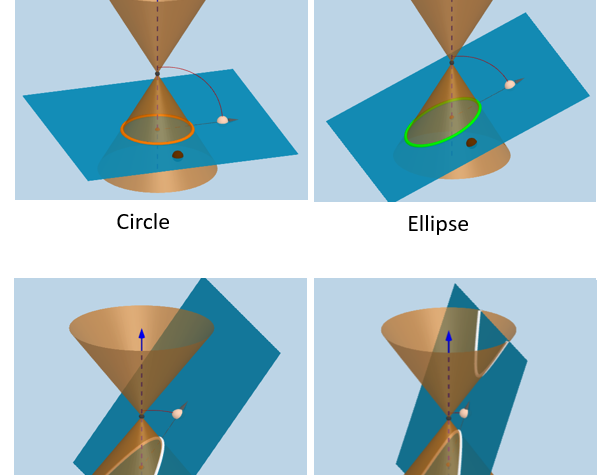Definition:
An axis is a fundamental concept across various disciplines, denoting an imaginary line around which a body rotates or a line that divides a shape or body into symmetrical parts. In geography, it signifies the Earth’s rotation around the line connecting the North and South Poles. In fields like mathematics and physics, it describes the reference lines in graphs and mechanical systems that facilitate the understanding of positions and movements.
Etymology & Origin:
The term “axis” originates from the Greek word “άξονας” (axonas), meaning “axle” or “pivot,” which was later adopted into Latin as “axis” with a similar meaning. This historical transition from Greek to Latin highlights the term’s enduring significance in describing central or pivotal lines or structures across various scientific and technical domains.
Examples:
- The Earth’s axis, around which it performs its daily rotation, leading to the cycle of day and night and the progression of seasons.
- In a Cartesian coordinate system, the x-axis and y-axis serve as foundational elements for plotting points in two-dimensional space.
- The axis of a gyroscope, demonstrating stability and orientation due to its rotational momentum.



